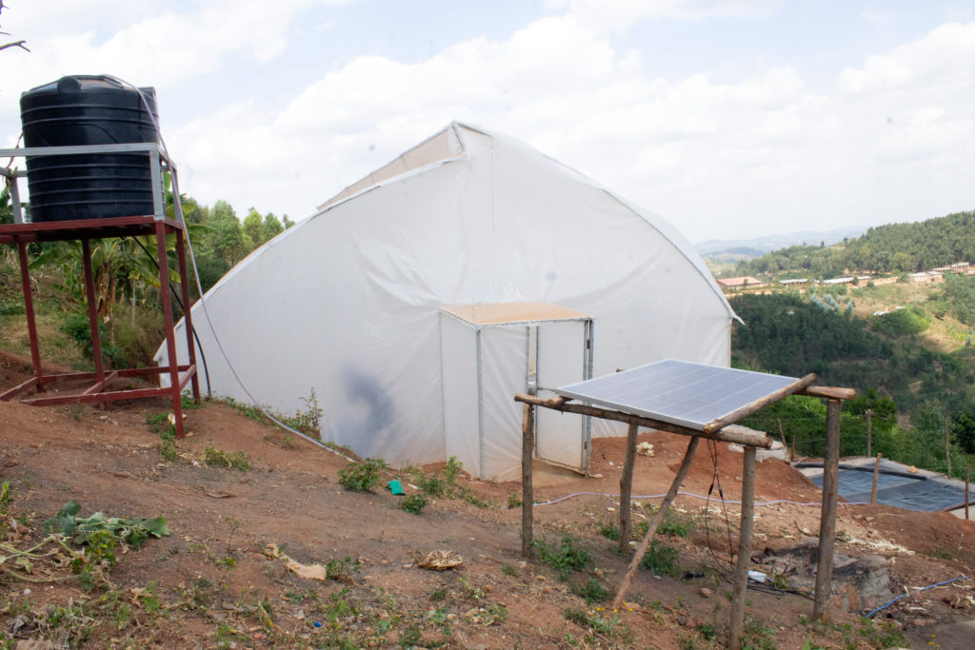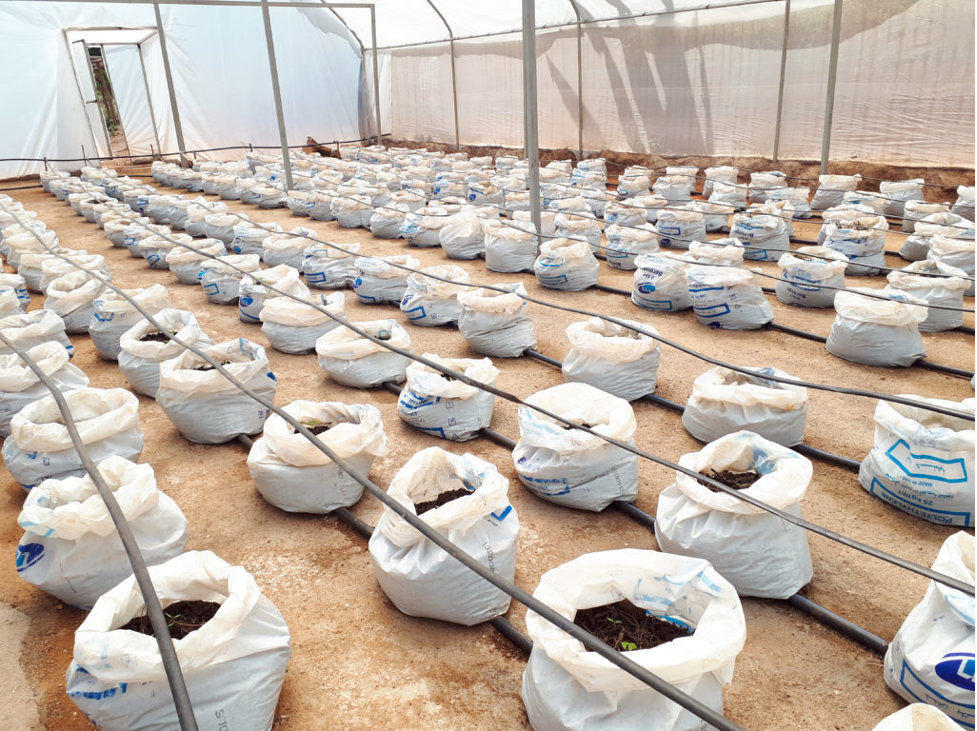Crop production has long been a challenging endeavor, with farmers constantly battling unfavorable weather conditions that affect both the quality and quantity of their yields. As global food security increasingly relies on consistent and efficient crop production, solutions to overcome these limitations have become more critical than ever. One such solution is greenhouse farming, a controlled environment farming technique that has proven to be a game-changer.
Greenhouse farming involves growing crops within sheltered structures made of transparent or partially transparent materials. These structures create a controlled environment that provides favorable growing conditions while protecting crops from harsh weather and pests. This method has been actively supported by ARDE/KUBAHO for years as part of their efforts to address the challenges posed by climate change, which often affects crops.
Diane Uwayezu, the Program Officer in charge of Agriculture at ARDE/KUBAHO, emphasizes the numerous benefits of greenhouse farming. “Ordinarily, we can only farm during two seasons because of weather constraints. However, with greenhouses, we can farm across all four seasons, which automatically boosts productivity,” Diane explains.
This year-round cultivation significantly increases the quantity of crops produced, offering a more reliable food supply. Furthermore, ARDE/KUBAHO practices a form of greenhouse farming that conserves water. Diane highlights the importance of using efficient water systems: “Not all plants require the same amount or frequency of water. Over- or underwatering can harm plant health. To prevent this, we install simple drip systems that regulate water flow based on need, ensuring optimal irrigation with minimal waste.”
Up to now, ARDE/KUBAHO has helped build over 22 greenhouses, primarily in the Southern Province of Rwanda, in partnership with Medicus Mundi. The results have been remarkable, with significantly higher productivity compared to traditional farming methods. “Another benefit of greenhouses is the preservation of crop quality,” Diane adds. “In ordinary farming, crops often rot during rainy seasons due to excessive or insufficient rain. In greenhouses, these issues don’t exist. Plus, because the structure is enclosed, challenges such as animals and insects damaging crops are eliminated.”
Greenhouse farming not only increases crop yield but also contributes to environmental sustainability. As Diane explains, the closed environment of greenhouses helps limit the release of harmful gases from crops into the atmosphere, making it a more eco-friendly option.
With its ability to mitigate the effects of climate change, increase crop production, and preserve the environment, greenhouse farming is a valuable tool for securing food supply in an ever-changing world. Thanks to initiatives like those led by ARDE/KUBAHO, more farmers are able to overcome the limitations of traditional farming and embrace this innovative, sustainable approach.




